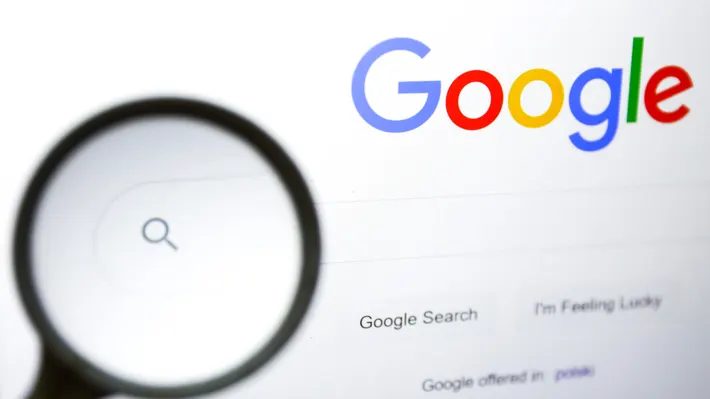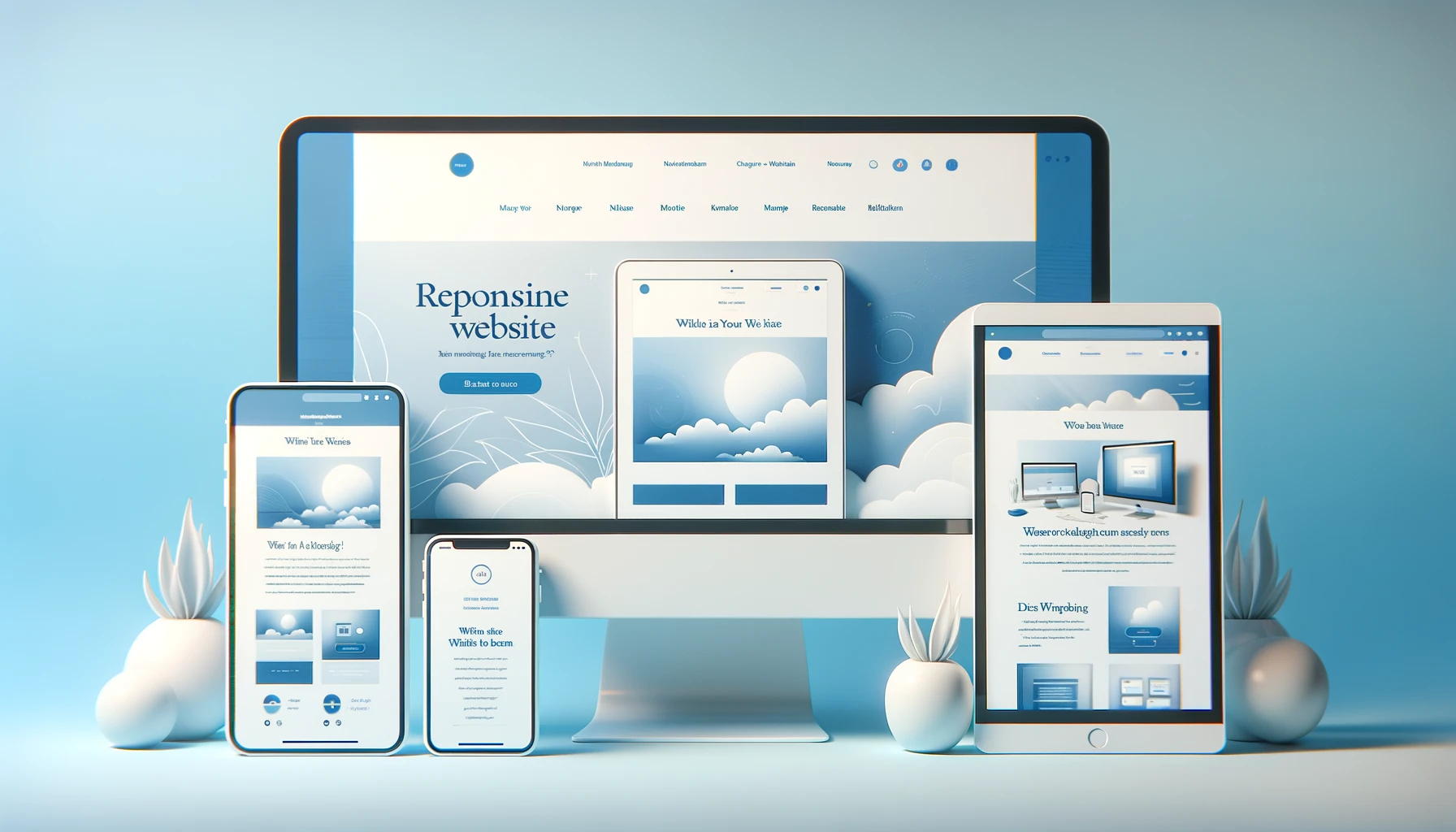Welcome!
The dynamic world of website design, where each line of code and every pixel holds the potential to shape the virtual identity of a brand. As a web designer navigating this creative landscape, I’ve come to understand that designing a website is more than just arranging elements on a page; it’s an art that involves understanding the audience, embracing challenges, and infusing personality into the digital canvas.
Understand Your Audience!
In the early stages of my design career, I had the privilege of working on a project that required a profound understanding of the target audience. It was not just about creating an aesthetically pleasing design but about forging a connection that transcended the visual realm. Dive deep into the lives of your audience, and you’ll discover that website design is a conversation—a dialogue where every element speaks to the user.
The creation of user personas became a revelation. These fictional representations of different audience segments allowed me to step into the shoes of the end-users. I vividly recall the “aha” moment when I realized that by empathizing with the audience, I could create a design that resonated with their expectations, preferences, and even emotions. This empathetic approach laid the foundation for a design that spoke directly to the hearts of the users.
Prioritize User Experience.
As a web designer, the pursuit of an exceptional user experience is a journey of continuous evolution. Early in my career, I faced the challenge of redesigning a website that had a convoluted user interface, resulting in frustrated users and high bounce rates. It was an opportunity to delve into the intricacies of UX design.
Investing time in creating a clear and logical site structure became a transformative experience. Through usability testing and gathering feedback from real users, I witnessed the tangible impact of intuitive navigation. It was not merely about improving the aesthetics but about fostering an environment where users felt at ease, engaged, and inspired to explore.
The user journey, from the first click to the final action. This became a story that I, as a designer, could script. The implementation of clear calls-to-action (CTAs) wasn’t just a strategic move, it was about guiding users through a narrative, inviting them to be active participants in the digital journey. The satisfaction of seeing users seamlessly navigate through a website I had designed was a testament to the power of prioritizing user experience.
Optimize for Mobile Devices
In the ever-connected digital landscape, the shift towards mobile optimization is both a challenge and an opportunity. Reflecting on a project where I had to revamp a website for optimal mobile viewing, I realized the need to embrace the ubiquity of smartphones.
Responsive design became the beacon guiding me through this process. It wasn’t merely about adapting layouts for different screen sizes but about acknowledging the diverse ways users interact with websites. Testing the website on various devices became an exercise in empathy, understanding how users seamlessly transition between screens in their daily lives.
The strategic decisions regarding the placement of elements, the size of buttons, and touch-friendly navigation weren’t just technical adjustments; they were gestures aimed at providing a harmonious experience in the palms of users’ hands. Recognizing the significance of mobile optimization wasn’t just a trend-following tactic but a commitment to ensuring that the website was a companion, accessible anytime, anywhere.
Simple and Intuitive Navigation is KEY!
Navigating a website should be an intuitive dance between the user and the design. Early in my career, I encountered a project where complex navigation structures hindered the user experience. It was a puzzle that required simplification.
Streamlining navigation became a quest for creating a digital roadmap that users could follow effortlessly. Minimizing menu items and incorporating descriptive labels wasn’t just about aesthetics; it was about providing users with a clear signpost, inviting them to explore without the fear of getting lost.
Implementing a breadcrumb trail wasn’t merely a design element; it was a guide, reminiscent of leaving a trail of digital breadcrumbs for users to find their way back. Testing navigation with real users brought forth a humbling realization—the power of simplicity in navigation lies not in its complexity but in its ability to empower users to journey through a website with confidence.
Consistent Branding Elements.
Branding is the soul of a website, and as a designer, I discovered that consistency is the heartbeat that gives it life. A memorable project involved aligning the digital presence with the offline branding of a client.
Ensuring the logo took a prominent position wasn’t just about placement; it was about crafting a visual identity that resonated across mediums. Consistent color schemes weren’t merely a design choice; they were strokes on the canvas of brand recognition. Typography wasn’t just about selecting readable fonts; it was about creating a rhythm that echoed the brand’s personality.
The creation of a style guide became a storyteller’s manual, ensuring that every design decision adhered to the brand narrative. The process of maintaining consistent branding elements wasn’t just a design principle; it was about creating a digital space where users could seamlessly transition from other touchpoints, recognizing the brand’s voice in every click.
Strategic Use of Colors and Typography.
Colors and typography are the pigments and brushes of the digital canvas. In a project that required a visual revamp, I embarked on a journey of understanding the emotional resonance of colors and the expressive dance of fonts.
The selection of colors became an exploration of emotions—choosing shades that didn’t just please the eye but resonated with the brand’s essence. Understanding the psychology of colors wasn’t just a theoretical exercise; it was about infusing the website with a palette that elicited specific emotions, creating a sensory experience for the users.
Typography wasn’t merely about selecting readable fonts; it was about creating a typographic symphony that guided users through the narrative. The choice of fonts wasn’t just a design decision; it was about finding the right notes that harmonized with the brand’s voice.
Experimenting with color combinations and font pairings became a voyage into the realm of creativity. It wasn’t just about following trends; it was about orchestrating a visual melody that resonated with the brand and its audience. The periodic revisiting of color and typography choices became a ritual of staying attuned to the ever-evolving design trends, ensuring that the website’s visual language remained both timeless and contemporary.
Whitespace Utilization
In the design journey, whitespace is the silent pause that breathes life into the composition. A project that required a minimalist approach revealed the profound impact of well-utilized whitespace on the user experience.
Whitespace wasn’t just empty space; it was a deliberate choice to enhance readability and visual clarity. It became a canvas where content could breathe, allowing users to focus on the essence of the design without the distraction of visual clutter. Whitespace wasn’t a void; it was a deliberate pause, guiding the user’s gaze and attention to the most important elements on the page.
Balancing content and whitespace became an art form. It wasn’t just about avoiding an overcrowded design; it was about creating a visual rhythm that invited users to journey through the website with a sense of ease and clarity. Whitespace, once a subtle design element, emerged as a powerful ally in crafting a clean, organized, and visually appealing layout.
Engaging Imagery and Multimedia
The integration of visual content is where a website transforms into a living, breathing entity. Reflecting on a project that required a narrative through visuals, I realized the profound impact of imagery on user engagement.
Selecting high-quality, relevant imagery wasn’t just about aesthetics; it was about curating a visual story that complemented the brand’s narrative. The choice of visuals became a journey into storytelling, where each image was a brushstroke contributing to the larger visual tapestry of the website.
Experimenting with multimedia elements, such as videos and animations, became an exploration of dynamic storytelling. It wasn’t about adding elements for the sake of it; it was about weaving an immersive experience that captivated users and kept them engaged. Multimedia, when judiciously employed, wasn’t just a design choice; it was about adding layers to the user experience, transforming a static website into a dynamic journey.
Effective Call-to-Action (CTA)
In the choreography of web design, calls-to-action (CTAs) are the invitations for users to dance with the website. A project centered around improving conversion rates unveiled the intricacies of designing compelling CTAs.
Identifying primary user actions wasn’t just about functionality; it was about understanding the desired dance steps in the user journey. Designing CTAs became an art of persuasion, where the use of contrasting colors and persuasive copy wasn’t just a visual choice; it was about orchestrating a call that resonated with the audience.
Experimenting with different CTA placements was akin to finding the perfect dance floor. It wasn’t just about following conventions; it was about understanding the rhythm of user behavior and placing CTAs strategically where they could lead the dance. Regular analysis through A/B testing wasn’t a mundane task; it was about fine-tuning the dance moves, ensuring that each interaction was a step towards the ultimate conversion.
My Thoughts for the Viewer.
In the realm of website design, each project is a canvas waiting to be painted with a unique blend of creativity, empathy, and strategic thinking. As a web designer, my journey has been a tapestry woven with experiences, challenges, and moments of revelation.
From understanding the audience and prioritizing user experience to optimizing for mobile devices and infusing personality into design elements, every facet of web design is a testament to the art and soul that goes into crafting exceptional online experiences. It’s not just about pixels on a screen; it’s about creating a digital symphony that resonates with users, inviting them to be part of a story that unfolds with every click.
As technology continues to evolve, the role of a web designer remains at the forefront of shaping the digital landscape. It’s a journey of perpetual learning, where staying attuned to user behaviors, embracing challenges, and infusing personality into design choices are the guiding principles.
So, let’s continue this journey with passion and purpose, creating websites that not only meet but exceed the expectations of users. Let’s paint the digital canvas with the strokes of innovation, empathy, and a touch of our own unique personalities. After all, in the world of website design, it’s not just about building websites; it’s about crafting online experiences that leave a lasting impression.


